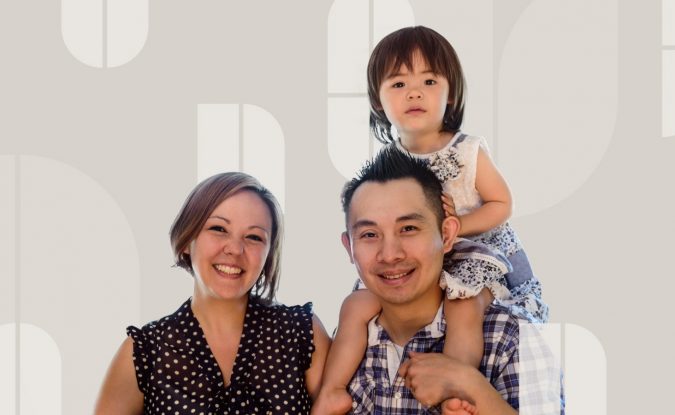Carolyn Gallaway Diversity Dimensions CEO
Let’s face it, at the moment Diversity is one of those “sexy” hot topics in the Corporate world.
How difficult can it be? Hire more mature workers? Run an unconscious bias program for the management team? Work with department heads on gender diversity? All good!
Despite best intentions, it seems more diversity initiatives are failing than succeeding; often due to unrealistic expectations, not enough preparation and poor communication. I also think us diversity “experts” are partly to blame; we are so passionate about our cause that we get caught up in the jargon and make it more complex, complicated and rushed rather than ensuring we prepare the workplace for change and communicate effectively how we are going to get there.
Changing the culture of an organisation is a complex and slow process. Diversity is not a race, it’s one step at time. To make it work takes patience, planning, passion and a commitment to affect change. In over 25 years programs I’ve seen spectacular successes and dismal failures but as an industry professional I know we can learn from the past, I’ve also learned just what it takes to make a diversity programs work and stick.
We need to start sharing ideas, concepts and successes. Here are my top four factors for success to get the ball rolling.
Be crystal clear with your end game
Before you start to introduce Diversity programs you need to have clear goals that align with your business and take into account the existing culture. In meetings I often ask clients what’s their key diversity issue? It’s often gender, but most companies say they struggle to get it right. There are amazing programs around that train women and encourage them to have courageous conversations. But what’s the purpose of the exercise? Is it about meeting quotas or a genuine business need like a growing number of female clients or a need for different thinking in the boardroom. If management aren’t clear on the measurable goals, what about the rest of the workforce? Do they know what program the women are on, what’s going to be the result? Are they ready for it and most importantly will they hinder or help the success of the program? It’s time for diversity programs to put more emphasis on clear, measurable goals
Get your organisation ready and understand it’s not about a quick fix
Diversity is about everybody, not just leaders, so it’s going to take time. It’s critical to understand your existing culture before you get started. For example, when we run Indigenous workforce programs for Woolworths we work closely with the Woolworths team at all levels from senior executives to retail team members. Our team spends significant time onsite in each location to work with local managers assessing the existing cultural awareness and identifying what needs to change and why, before we start recruiting. This grass roots approach works because we get everyone involved. In the planning stages I ask a lot of “why” questions to help dig out possible objections and work out where there may be resistance. The success of diversity programs depends on everyone putting in the effort and energy before getting started.
Understand who’s driving the diversity bus
If you want to change the culture in an organisation you will need a clear understanding of who’s in charge of the program and make sure there is support across the organisation. Passionate CEO’s are brilliant at driving change around diversity. I’ve worked with some amazing CEO’s who make it their job to make sure funding is available, enthuse the management team and even check in with program participants. But they can’t do it alone. For diversity programs to work you need support at all levels from the CEO to senior management to the project coordinator to the participants and most importantly their co-workers. I also recommend you find a “champion” who is passionate about the program and keen to promote it throughout the organisation. Genuine enthusiasm is the most powerful sales tool when it comes to getting people on board the diversity bus.
Communicate, Communicate, Communicate
If diversity is all about inclusion, how come up to 80% of staff aren’t included? Managing from the top just doesn’t work on a day to day basis. Everyone who is affected by a Diversity program should obviously be kept up to date, but I also recommend that everyone in the organisation should know and understand why diversity programs are running. Communication can also give co-workers their “Aha” moment which connects and commits them to the values of a program. Constant, consistent communication gets people engaged and involved in diversity in their workplace.
Although I have traditionally been a “behind the scenes” CEO of my company I feel it’s time to demystify and take the jargon out of the Diversity industry. For the past 12 months we have been working on a program that will cost effectively give everyone in an organisation access to five diversity modules that are delivered online. It’s all about Australian voices and Australian stories and the chance to challenge and affirm values with a healthy dose of “I didn’t know that”?



